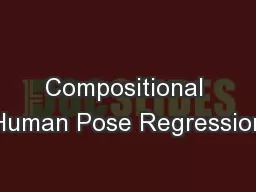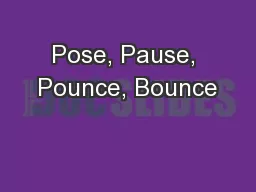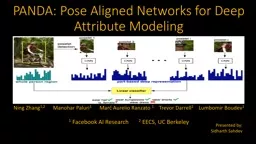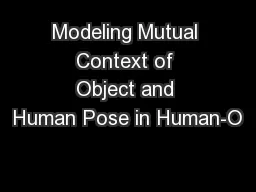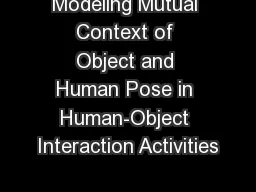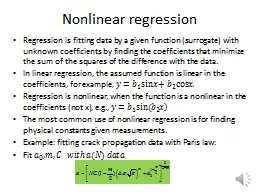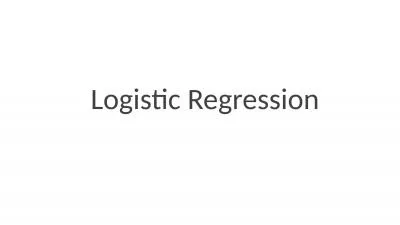PPT-Compositional Human Pose Regression
Author : danika-pritchard | Published Date : 2018-09-29
Xiao Sun Joint work with Yichen Wei Human Pose Estimation Problem localize key points of a person Input a single RGB image Output 2D or 3D key points Pose Estimator
Presentation Embed Code
Download Presentation
Download Presentation The PPT/PDF document "Compositional Human Pose Regression" is the property of its rightful owner. Permission is granted to download and print the materials on this website for personal, non-commercial use only, and to display it on your personal computer provided you do not modify the materials and that you retain all copyright notices contained in the materials. By downloading content from our website, you accept the terms of this agreement.
Compositional Human Pose Regression: Transcript
Download Rules Of Document
"Compositional Human Pose Regression"The content belongs to its owner. You may download and print it for personal use, without modification, and keep all copyright notices. By downloading, you agree to these terms.
Related Documents

